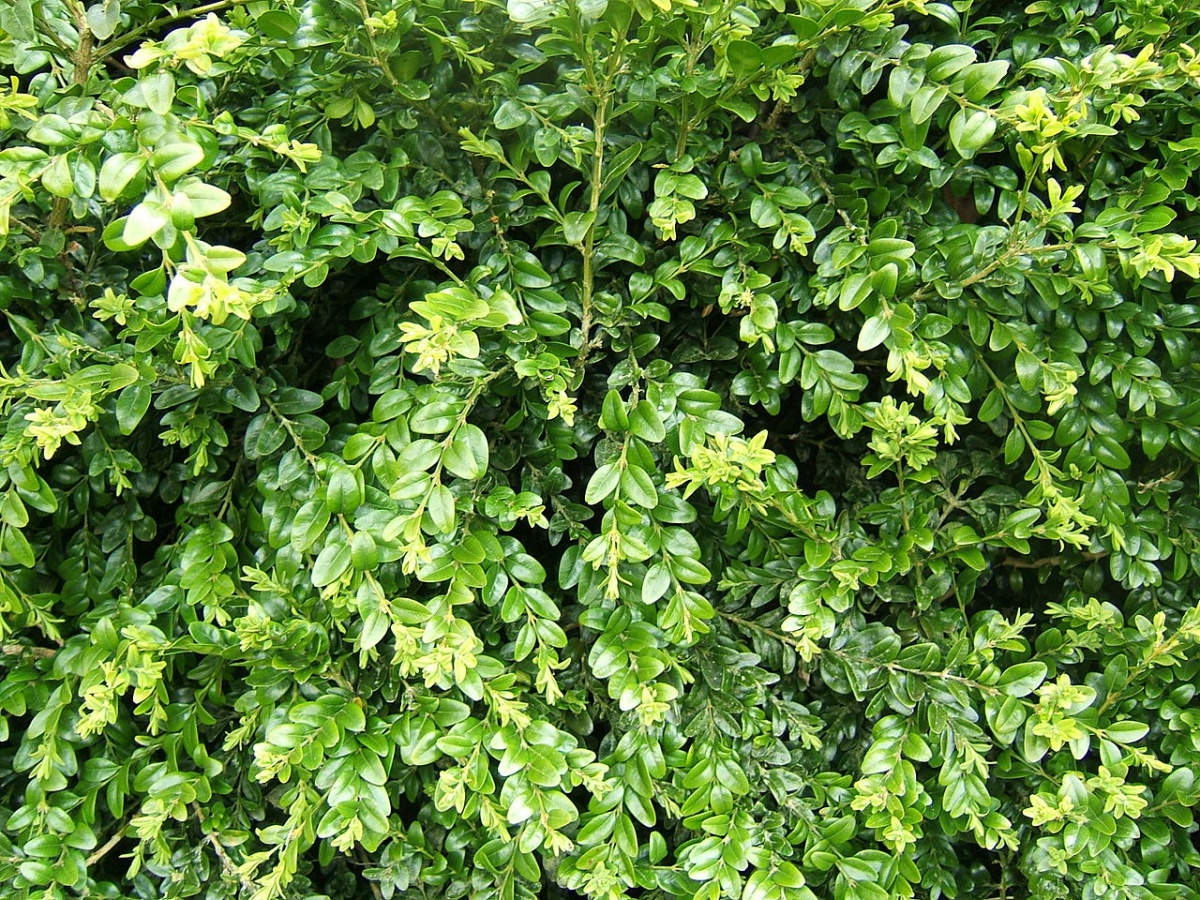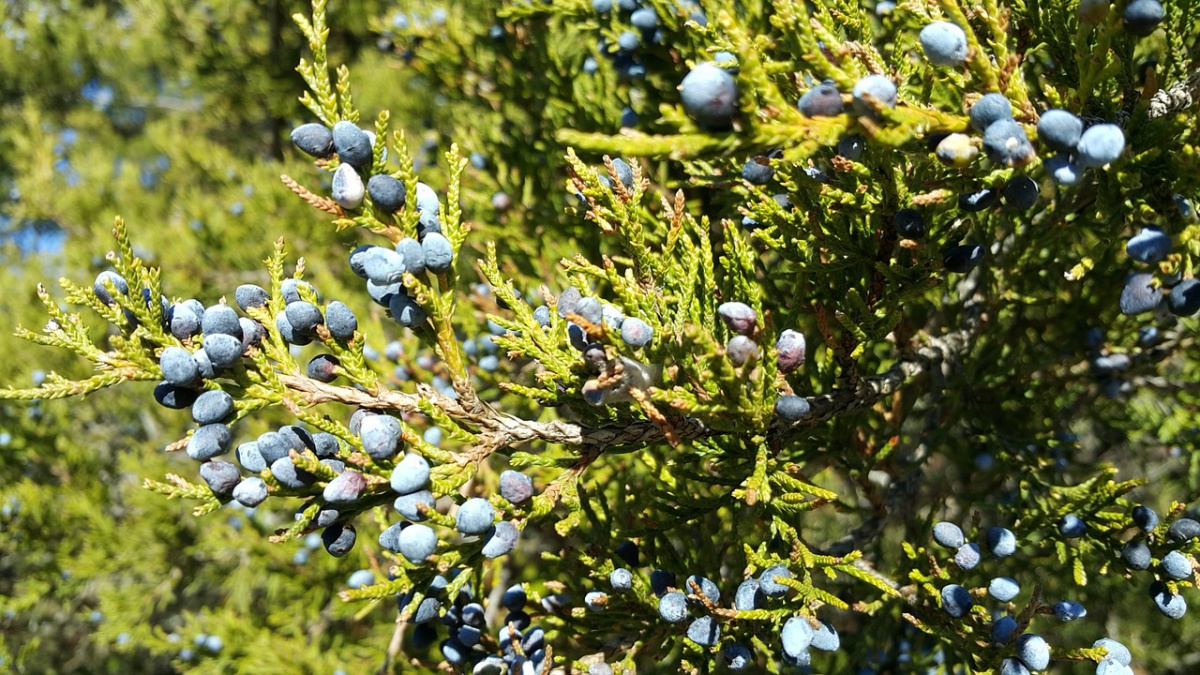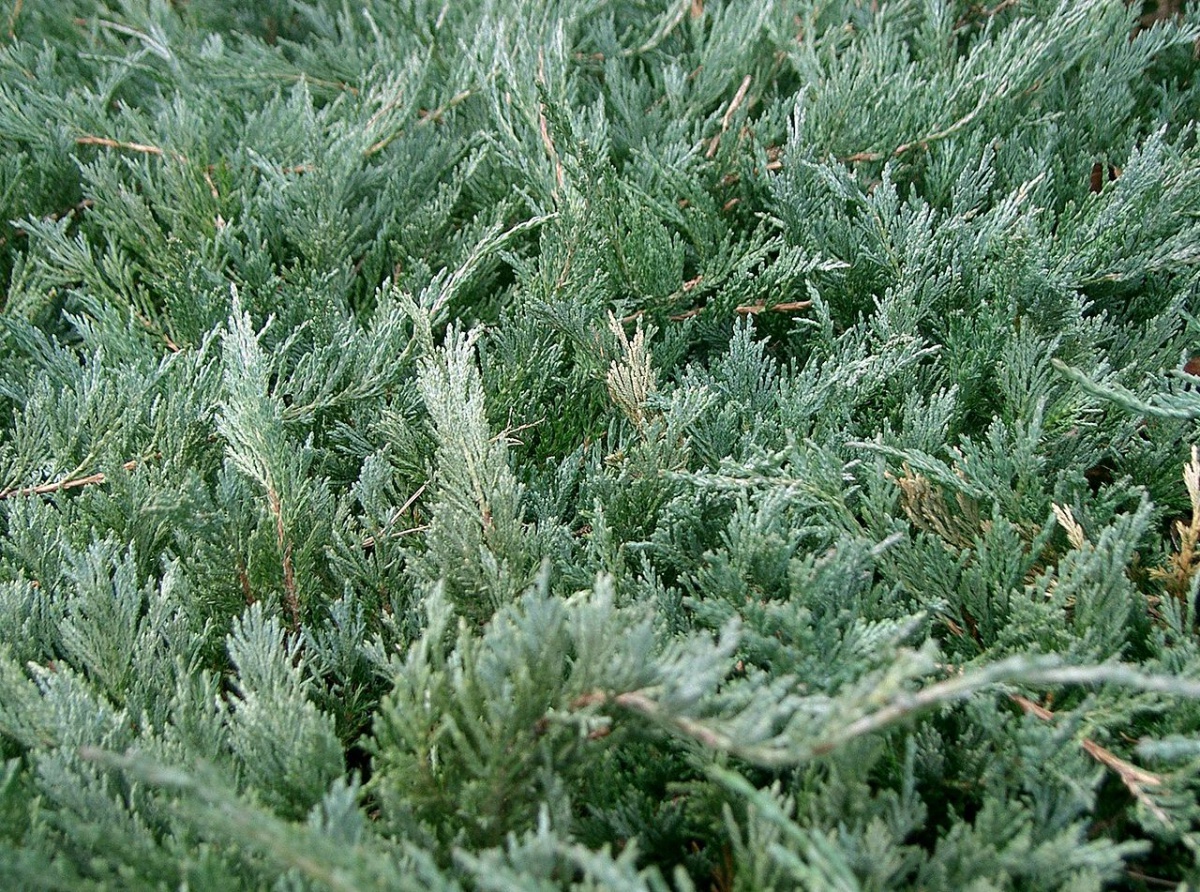Which evergreen shrubs for privacy are deer resistant?

If you are planting evergreens for privacy, the last thing you want to worry about is deer damage. Gardeners in New Hampshire, particularly those in the southern counties and along the Connecticut River Valley, will undoubtedly come into conflict with deer at some point in time. Many evergreen plants serve as favorite winter food sources, including arborvitae, rhododendron, holly and yew. In many cases, proximity to a house is not enough to deter hungry deer in the latter half of winter. Fortunately, there are some evergreen shrubs that are mostly avoided by deer. While no plant is ever entirely safe from deer, the following selections usually escape damage in all but the leanest of times.

Common boxwood (Buxus sempervirens) has long been a favorite shrub for hedges, and it is one of the most deer-tolerant plants for gardens. It is considered a staple in formal gardens due to its tolerance of pruning and shearing. Though boxwood does not sport showy flowers, its deep green foliage grows densely and can form a good screen. Plants can grow in full sun to shade, but their leaves and branches aren’t as dense in the shade, and plants are less vigorous. Boxwood is hardy to zone 5 but may suffer damage in harsh winters. In many locations in New Hampshire, the evergreen foliage tends to turn brownish-yellow when plants are grown in areas with full sun and winter winds. Boxwood is best suited to sheltered locations where it will have some protection.

Japanese pieris (Pieris japonica), sometimes known as Andromeda, is a broadleaf evergreen shrub that can grow up to 10 feet tall, depending on variety. Pieris has glossy dark green leaves year-round and drooping white flower clusters in early spring that attract bumblebees and other pollinators. It grows very well in organically rich, acid soils in full sun to part shade, so if you’ve had luck with other acid-loving plants like rhododendrons, pieris will likely thrive as well. It is also tolerant of deep shade, setting it apart from other evergreens that do best with more sun exposure. As a zone 5 shrub, pieris tends to be most vigorous and suffer the least winter damage in southern New Hampshire. Despite occasional issues with lacebugs and winter injury, Japanese pieris is almost never bothered by deer.

Mountain laurel (Kalmia latifolia) is one of the few native evergreen shrubs that deer largely ignore. Mountain laurel grows in the wild in various locations throughout New Hampshire. It is often used in landscapes due to its abundant, unusual flowers in late spring. The species sports white to pale pink flower clusters that can measure as much as six inches across. Many additional cultivated varieties have been introduced to the nursery trade that have blooms in various shades of pink, red and combinations thereof. The leaves are leathery, dark green and otherwise similar to those of rhododendrons. Mountain laurel is a great choice for landscapes in part shade with moist, acidic, well-drained soil.

Eastern red cedar (Juniperus virginiana) is likely the closest alternative to arborvitae that can be grown in New Hampshire. Eastern red cedar is a native needled evergreen that has overlapping scale-like leaves. It is highly drought-tolerant and is a good choice for gardens with full sun and dry soil. It is also an excellent plant for wildlife, as many species of songbirds, such as Cedar Waxwings, will eat the blueish-gray, berry-like cones. On rare occasions, deer may browse the lower foliage, but Eastern red cedar usually escapes damage. One important thing to note is that Eastern red cedar is an alternate host for cedar apple rust and should not be planted near apples or crabapples.

Chinese juniper (Juniperus chinensis) is another needled evergreen that is similar to Eastern red cedar in many regards. It also has scale-like foliage on mature branches and is highly tolerant of deer, drought and dry soil. While plants can grow into large trees, a great number of smaller shrubby varieties can be found at garden centers. Chinese juniper is also susceptible to cedar apple rust and should not be grown in the vicinity of apples.

Inkberry (Ilex glabra) is a native evergreen holly species that is popular as a screen in garden settings because it is adaptable to both well-drained and wet soils. It has small, glossy, dark green leaves that are spineless, and produces small black fruit that are enjoyed by various songbird species. Inkberry is easy to grow in most landscapes, provided there is full sun or part shade. It will be at its best when planted in full sun in consistently moist, acidic soil. Inkberry is likely the best native shrub to grow as an informal hedge. Plant height varies considerably, depending on variety, so make sure to choose a form that will suit your landscape needs.
Got questions? The Ask UNH Extension Infoline offers practical help finding answers for your home, yard, and garden questions. Call toll free at 1-877-398-4769, Monday to Friday, 9 a.m. to 2 p.m., or e-mail us at answers@unh.edu.
Related Resource(s)
Do you love learning about stuff like this?
SUBSCRIBE TO Granite State Gardening newsletter
Got questions? The UNH Extension Yard and Garden Infoline offers practical help finding answers for your yard and garden questions.
Call toll free at 1-877-398-4769, Monday to Friday, 9 a.m. to 2 p.m., or fill out webform.
